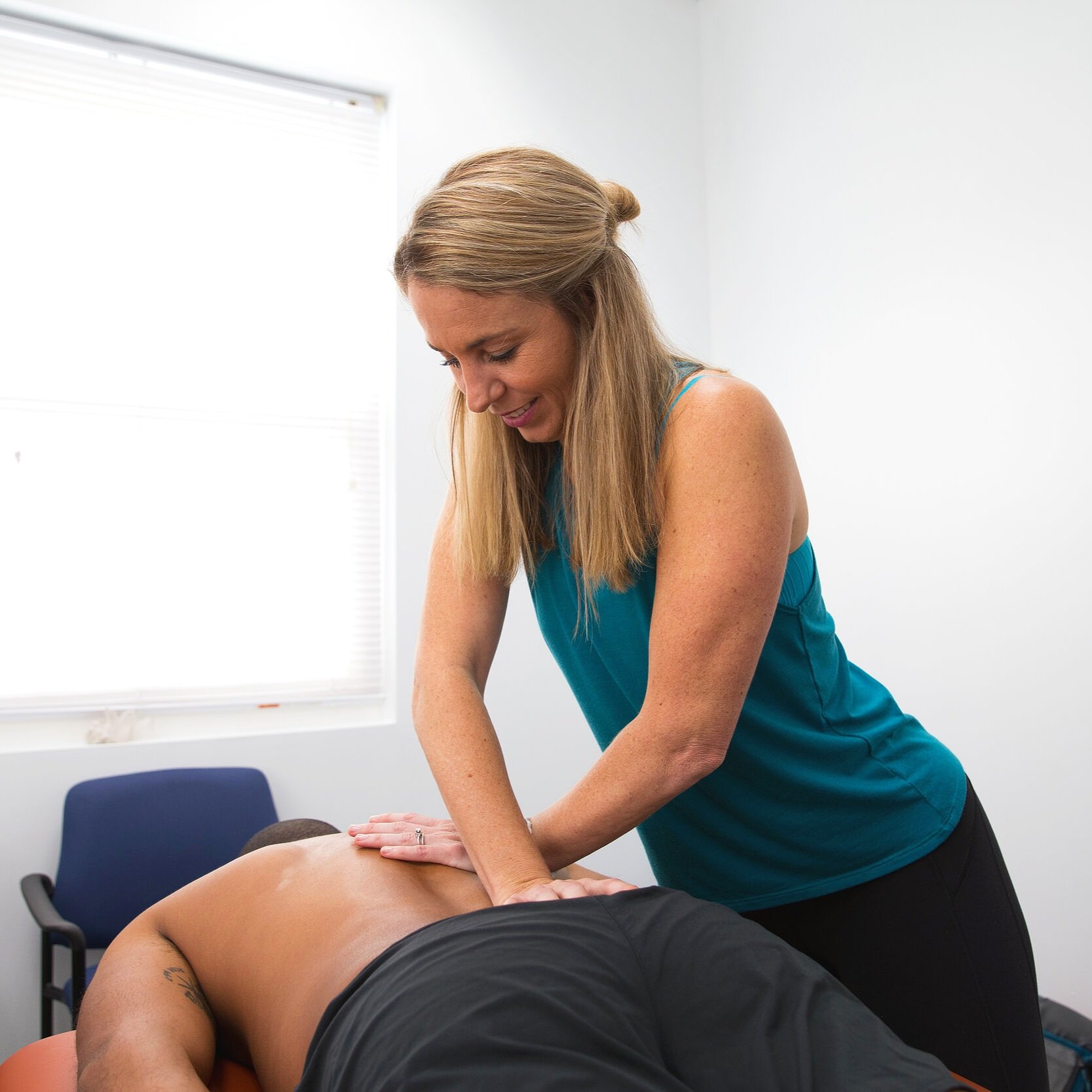CREATING A TREATMENT PLAN JUST FOR YOU
Bermuda Pain Relief Center helps with managing pain that lasts beyond the expected period of healing. Pain can develop from an injury, surgery, infection, or dozens of other medical conditions. The pain can occasionally persist long after an injury or illness is healed and the nerves keep sending pain signals. This is known as Chronic Pain. Chronic pain also includes discomfort secondary to NON-treatable conditions and pain of unknown cause (Idiopathic). We understand that pain is real, complex, and common, but so is its treatment.
There are multiple steps required to manage your discomfort and this may vary depending on the type and intensity of the pain you are presenting with.
Bermuda Pain Relief Center will guide you through each one of the steps and will discuss what the process entitles in detail. This includes, but is not limited to, your activities of daily living, medication regimes, non-invasive treatment options, therapy(ies), and if a consultation with a surgeon is required. We are here to provide full support and ensure that you do not feel alone in this process.
Our mission at Bermuda Pain Relief Center is to provide quality, individualized care with a multidisciplinary approach to help you restore your desired lifestyle.
STEP 1.
ASSESSMENT
During the consultationThe doctor will gather information on your pain and other conditions that may affect it. During this meeting we will define the pain and assess its effect on your quality of life. Based on the assessment we will create a customized plan to manage your pain. We will ask that you fill an initial consultation form so we have a full understanding of your medical history and pain.
STEP 2.
MANAGEMENT PLAN
You and your doctor will work together to create a treatment plan based on your goals. It may include medical treatments and/or other strategies that will be used to help manage your pain.
STEP 3.
FOLLOW-UP
During follow-up appointments you and your doctor will evaluate how well the treatment plan is working and adjust or change the management plan as needed.
STEP 4. SELF HELP ACTIVITIES
You play an important role in the management of your pain. Effective pain management often involves activities you do at home. It’s vital that you engage in making the necessary lifestyle adjustments in order to manage your pain.
STEP 5. TIME AND PERSISTENCE
Pain management is a journey that can take many turns throughout the process as you try different approaches and find out what works best for you. It can mean learning new skills and discovering new strengths.
Pain Management Approaches
Research has shown that the best pain management combines multiple treatments. This takes into consideration the effect of pain on the body, mind, and spirit.
Multiple Treatment Strategies
At Bermuda Pain Relief Center we combine multiple treatments in order to effectively treat your pain.
Our team explores a multitude of treatment strategies with our patients. This is not limited to procedures and medication but other forms of therapy that range from regenerative medicine, lifestyle changes, mind-body practices, and exercise therapy to name a few. We will collaborate to create a customized plan for you.
“I WAS DIAGNOSED WITH ARTHRITIS IN MY RIGHT LEG AND KNEE…THE IMPROVEMENT IS RADICAL AFTER COMING TO BPRC”
- MRS. B.p.
Self-care strategies. This includes following a healthy lifestyle. Eating a healthy diet and regular exercise play an important role with managing a healthy weight and reducing unnecessary stress and inflammation on the body. It is also important to avoid cigarette smoking which is known to increase pain sensitivity and increased risk of multiple pain conditions.
Physiotherapy and exercise therapy.
Medical treatments that focus on the body. This will include medication management, as well as more invasive interventions that include injections, neuromodulation, radiofrequency, chemical ablation, regenerative therapy, and surgical interventions.
Alternative and holistic treatments focusing on mind-body connection
Cognitive behavioral therapy and psychological support.
Physiotherapy And Exercise Therapy.
Physiotherapy can relieve pain, promote healing, and help you move and function better, they are trained in evidence based pain management principles.
Apart from manual techniques, different modalities of treatment are used. This includes acupuncture, dry needling, heat/cold, and TENS. It is also important to always include exercises, curated specifically to improve your individual work and exercise tolerance.












